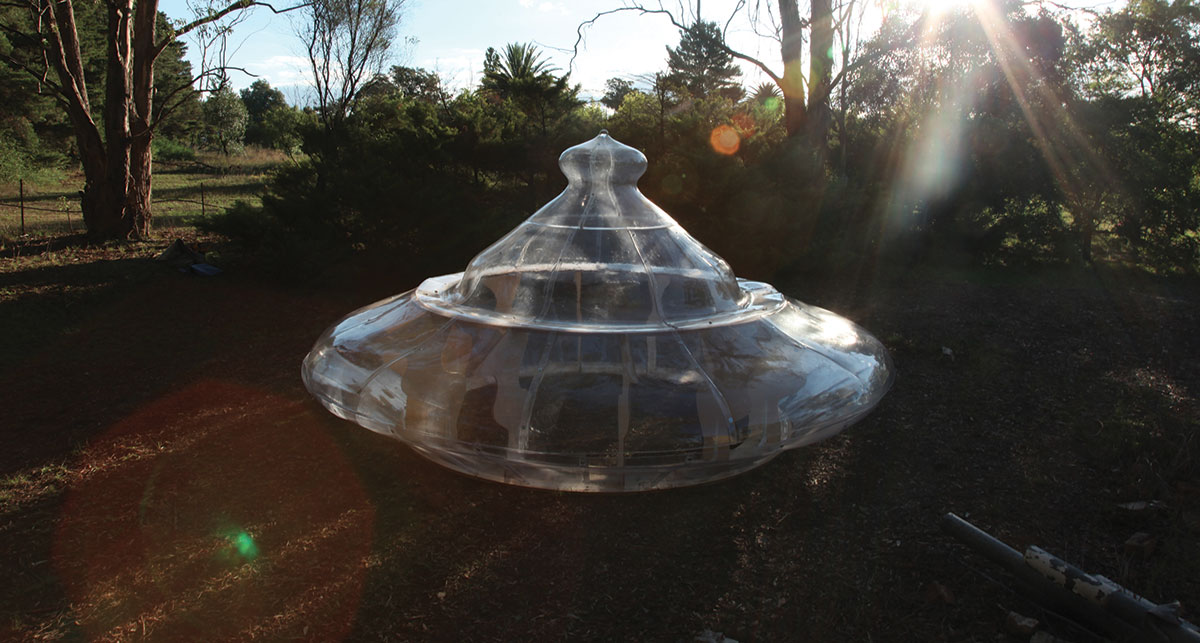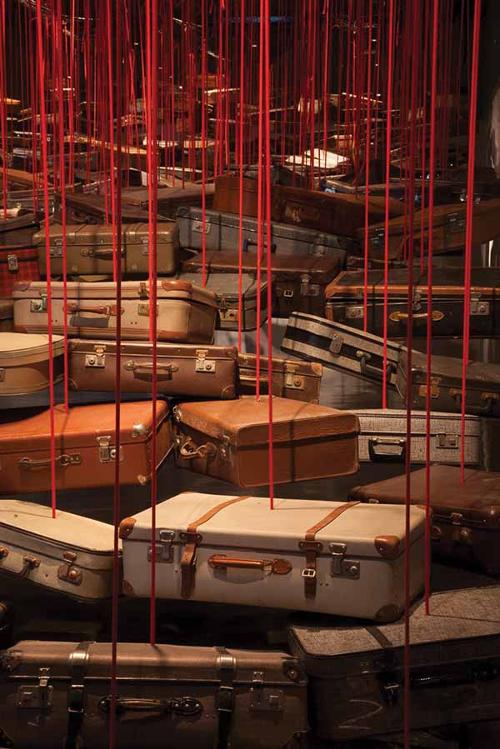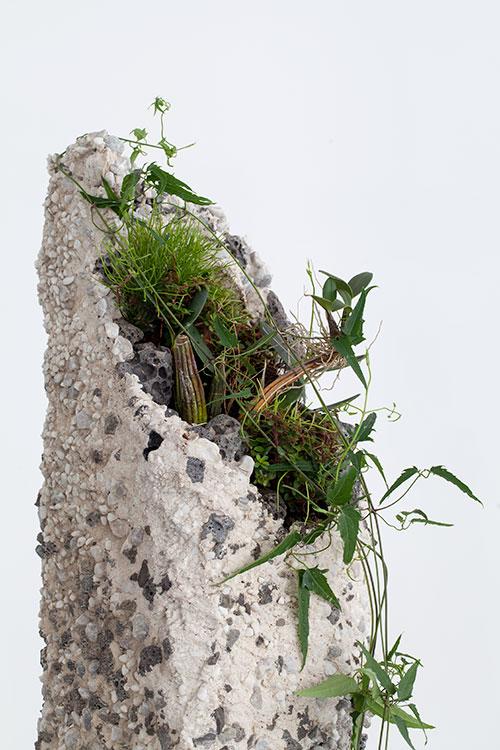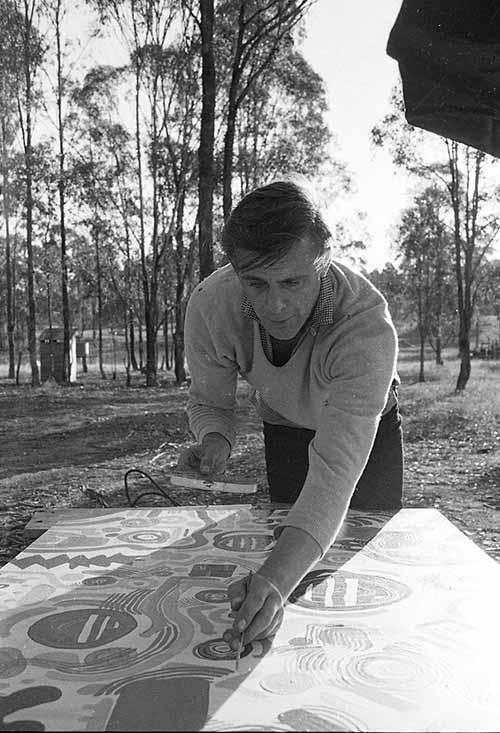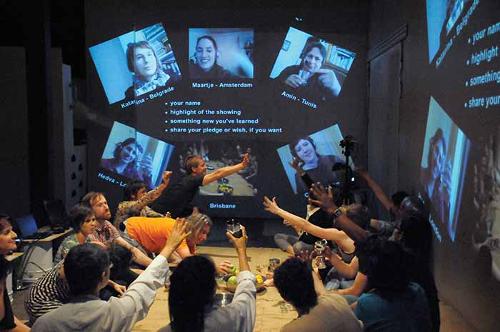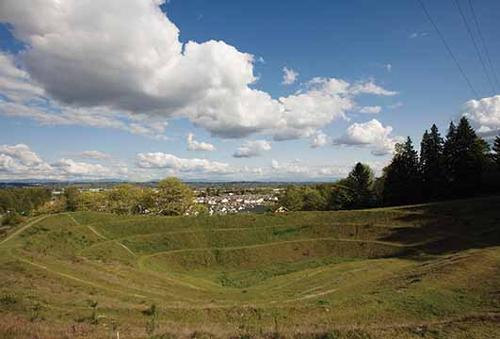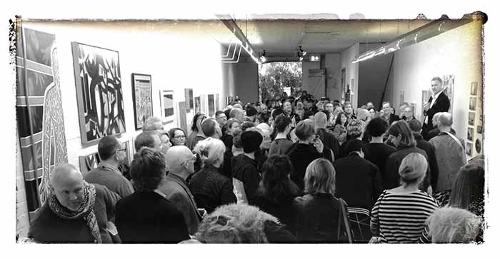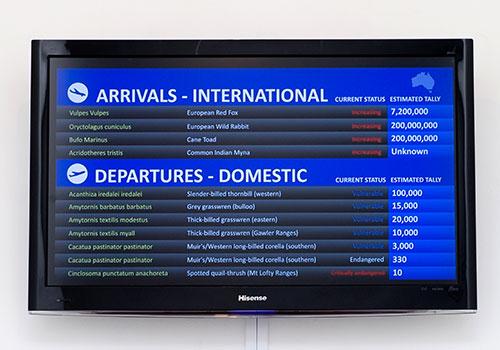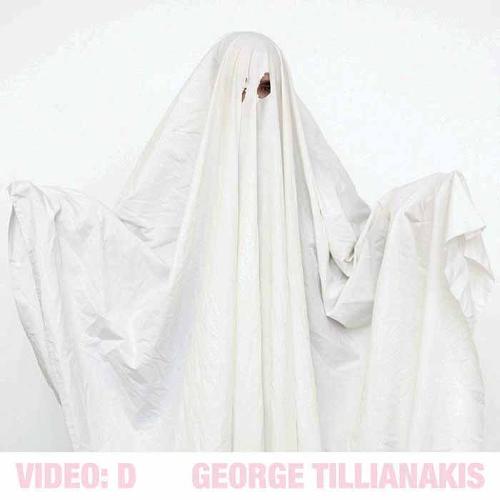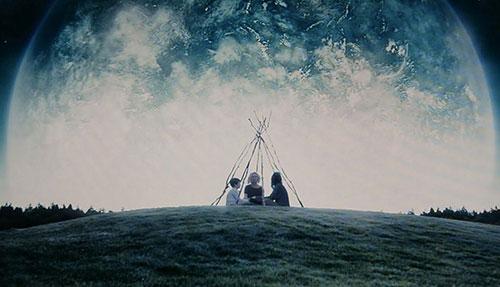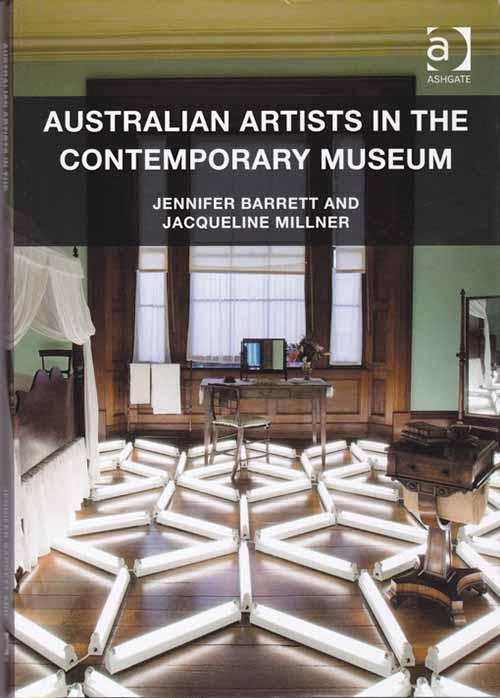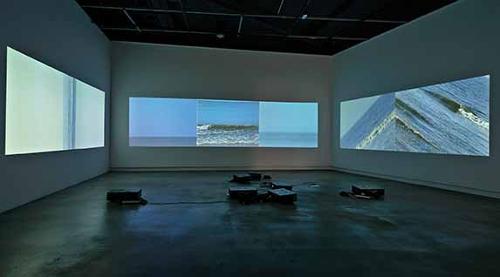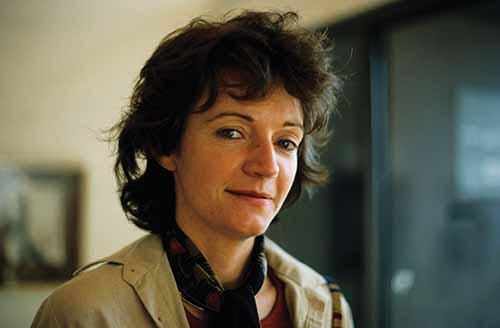Visit Kandos: Cement a friendship
The inspiration for Cementa was a bumper sticker: Cement A Friendship – Visit Kandos. Kandos Projects had already been going for about a year as a low-key artist residency in a part of the world I had discovered by chance. Close to the rugged world heritage park of the Wollemi pine, Kandos was wrapped by a towering escarpment and had a wide main street like something out of a spaghetti western or the shoot out scene in Grace Kelly and Gary Cooper’s High Noon (a street full of people at 7am, but weirdly deserted by the afternoon).

